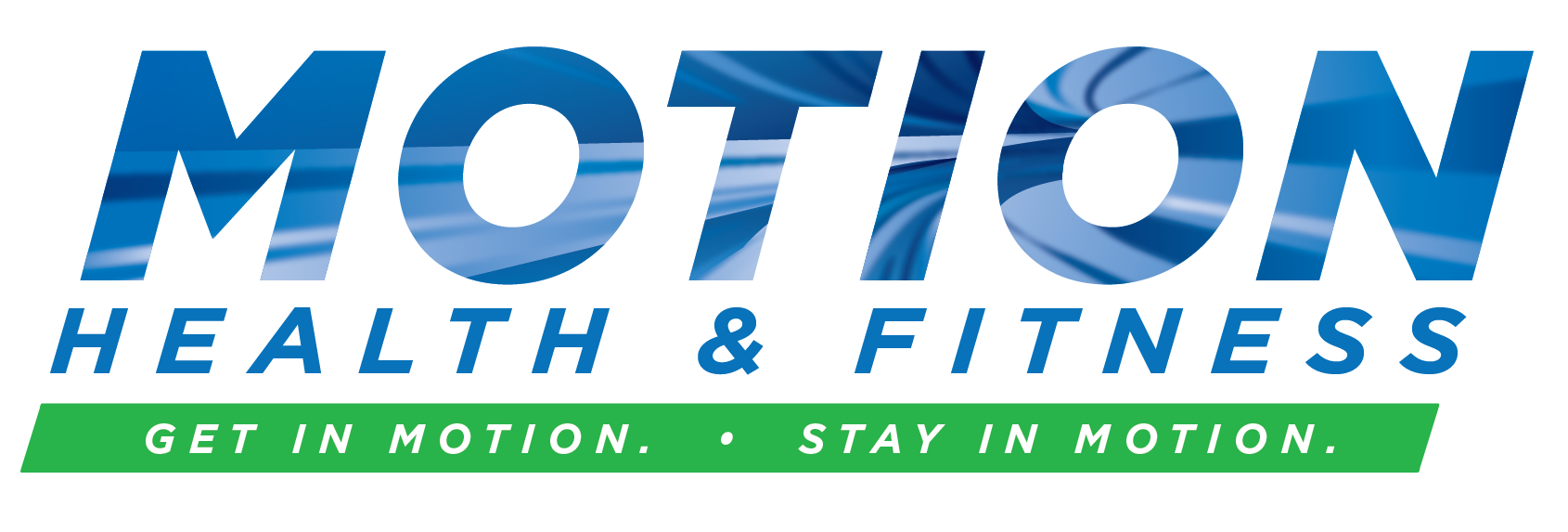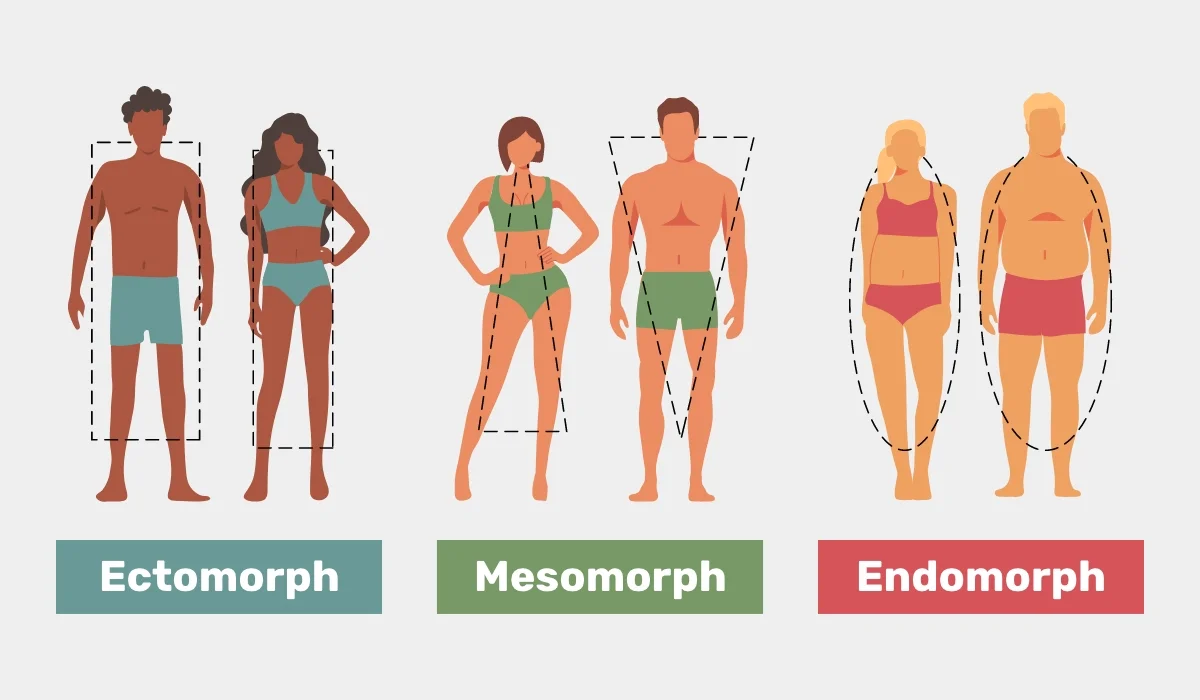One’s body type, or somatotype, describes their body composition or the amount of muscle and fat their body tends to comprise. There are three body types — endomorph, mesomorph, and ectomorph — and each is related to overall body composition.
Endomorphs have bodies that are rounded and soft (think apple or pear shaped), with shorter, thicker arms and legs; mesomorphs are athletic and muscular; and ectomorphs are slender, with thin arms and legs.
More specifically, endomorphs are stocky, with a larger midsection and hips. Their bodies hold more fat, which is easy to gain and difficult to lose. Endomorphs have a slower metabolism and are more likely to be sedentary. Though they may be heavy and carry lots of body fat, endomorphs can be quite strong. Participants in strongman competitions are likely to be endomorphs.
Mesomorphs have athletic, muscular bodies, with broad shoulders and narrow waists. They have a higher metabolism and can gain muscle and lose fat fairly easily. Most athletes in sports that require speed, strength, power and coordination tend to be mesomorphs. Most people who exercise would like to have a mesomorphic body, whether that’s realistic or not.
Ectomorphs have narrow shoulders and hips, with longer limb segments. They are the classic ’skinny’ body type. They have a very high metabolism that makes it difficult to gain either muscle or fat. Ectomorphs seem to able to eat almost anything and everything without gaining an ounce. As athletes, ectomorphs are likely to be distance runners. However, they aren’t likely to excel at sports requiring power and strength.
However, most people are some combination of these body types. For example, one might be a cross between an endomorph and a mesomorph, or a cross between an ectomorph and a mesomorph. For each of these body types, an appropriate diet makes a big difference in the results they will get from a workout program.
One study, published in the National Center for Biotechnology Information, found that men were most likely to be endomorphic/mesomorphs and women were most likely to be mesomorph/endomorphs. Another study of men and women, also published in the National Center for Biotechnology Information, found that the average distribution of somatotypes is 51.6% endomorphic/mesomorphs, which was by far the highest percentage found in the study. In fact, 65% of men in this study were endomorphic/mesomorphs. Next up were mesomorph/endomorphs (17.1% ), and mesomorphic/endomorphs (16.7%). After that, the percentages for each cross type fell into the low single digits (6.1% balanced mesomorphs, and 3.0% ectomorphic/mesomorphs). The study also showed that somatotype classification is not static and can shift over time. So, we can eat and train in a way that will change our bodies.
Those who are predominately ectomorphic need a diet and training program that focuses on protein intake and muscle mass gain. Since it is difficult for these people to put on mass and maintain it, their workouts should focus on building muscle (hypertrophy) and strength. There should be less focus on cardiorespiratory training and calorie burning. Ectomorphs need to focus on getting adequate calories and high-quality nutrition that will help them gradually gain mass. Ectomorphs need high levels of protein in the range of 1.2 to 1.6 grams per kilogram body weight per day, which is optimal for muscle growth. Since ectomorphs can eat virtually anything without gaining weight, they need to be careful of eating junk foods/calories that are absent nutrition. Quality still counts for ectomorphs. Fats and carbohydrates can be eaten in copious amounts, but the nutritional value of everything eaten still matters, even if fat gain is not an issue. Meals should be eaten frequently throughout the day. Protein shakes can be a helpful way to get adequate protein and calories.
Those who are primarily endomorphic need a diet that focuses on reduced calorie intake, limited carbohydrates, higher protein, and frequent training sessions to stimulate metabolism. Workouts that focus on aerobic capacity and cardiovascular function should be prioritized. In the gym, interval training and circuits can be utilized to raise heart rate and improve metabolic conditioning. Rest periods should be minimized. Additionally, endomorphs should do cardiovascular exercise most days of the week and should at least take a long walk every day. Avoiding a sedentary lifestyle is critical.
Mesomorphs not only have the physique that most others aspire to, they also have an easier time with both eating and training. They carry more muscle and therefore have a higher metabolism too. They get great results with less work. They gain muscle mass rather easily and quickly. On the other hand, they don’t gain fat easily, despite eating high calorie diets. Mesomorphs need a high protein diet in the range of 1.2 to 1.6 grams per kilogram body weight per day, perhaps even higher in some cases. The balance can come from a variety of healthy carbs and fats.
Through sheer force of will, strict dieting and dedicated, focused training, some endomorphs and ectomorphs can take on the physical qualities or mesomorphs. It’s hard work — a lot harder than for mesomorphs themselves — but it can be done. Again, you need to train hard and often, and you need to focus on your diet, with a strong emphasis on your macronutrient composition, with a high percentage (25%-35%) of proteins.






